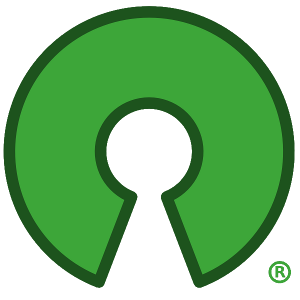

I use Graphene on my phone and DivestOS on my tablet


I use Graphene on my phone and DivestOS on my tablet


You’ll have just as good of an experience on either Intel or AMD. Framework is releasing a new generation of intel models in August so if you want the most cutting edge model and can wait those are a good bet. But personally I’m very happy with my current gen AMD model’s performance and efficiency so I’ll be waiting a while before another upgrade. There really aren’t any major downsides for any of the current options though, just personal preference.


I have a framework 13. Bought it with 12th gen intel mainboard, upgraded it to AMD when that came out. Also upgraded the battery, RAM, and soon the screen when the 120hz one ships. It’s super easy to get into, just five screws and then pop the trackpad/keyboard cable off. I honestly love it.
Framework has fantastic support for windows and Linux. There used to be some minor fixes needed on certain models but they’ve since resolved them and my experience on Fedora and Arch have been plug and play. On windows they have a driver install script that installs everything in one go, that’s nice too. And yes Minecraft does run on Linux, at least the Java version does. Idk about bedrock though


Worth noting that on Fedora this is true, UNLESS you use the proprietary nvidia drivers. Then no secure boot


Gimme the jargon


It is but they’ve been making huge leaps towards a Linux build and that’s what this is about


Linux NTFS support is pretty good. The kernel drivers do all the basics, but you may still want the ntfs-3g driver installed for some of its tools. Ntfsfix has saved me before and I think it’s from the ntfs-3g package


Instead of installing packages through a package manager one at a time and configuring your system by digging into individual config files, NixOS has you write a single config file with all your settings and programs declared. This lets you more easily configure your system and have a completely reproducible system by just copying your nix files to another nixos machine and rebuilding.
It’s also an immutable distribution, so the base system files are only modified when rebuilding the whole system from your config, but during runtime it’s read only for security and stability.


I just recently moved my home server from truenas to RHEL. I already use Fedora on my laptop and the enterprise Linux space has incredible support. Something like Rocky could be perfect for you if you value stability and long term support


You can enable compact spacing in about:config


I like KDE’s conformance to open standards, which is better than GNOME’s, and pace of development. However you’re absolutely right that the UI on KDE is inconsistent, messy, and buggy as hell. GNOME is still my go to because it’s just so polished, but I’m looking forward to COSMIC this year for that nice tiling workflow


Boxer briefs. Best of both worlds


deleted by creator


Flatpak and Snap are Linux packaging formats that have sandboxing implemented and it’s pretty solid. There’s also Firejail for running sketchy applications in a stronger sandbox


Linux also has Howdy for facial recognition/“Windows Hello”


About $10000 cuz that’s the cost of the rest of my tuition after my financial aid runs dry next semester


Good thing the CDC has stopped tracking numbers in the US since “the pandemic is over.” Great work Joe


That’s one way to phrase it. Another is “the nato wunderwaffes didn’t work and our offensive has failed spectacularly”
Reenable the firewall with
systemctl start firewalldThen get the current networking zone with
firewall-cmd —get-active-zonesIt will likely be called FedoraWorkstation, if not just replace that name with whatever it is called in the following steps.
Next you should enable the ports for Moonlight, which from a quick ddg search I think this should do it:
Then reload the firewall with:
Lmk if that works
Edit: added more ports needed for the WebUI and controller support. Check the docs here if you wanna see what each port is used for